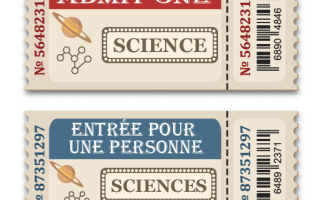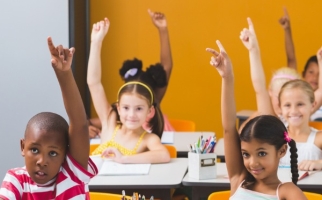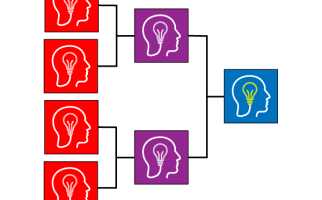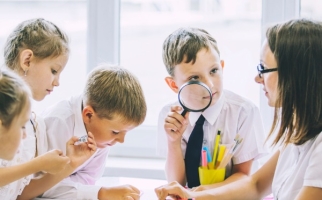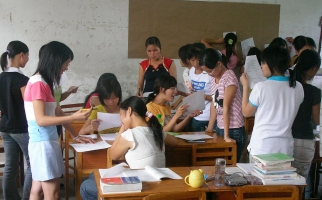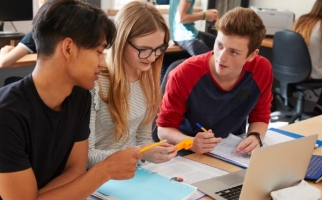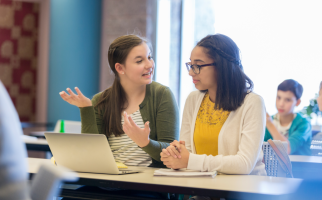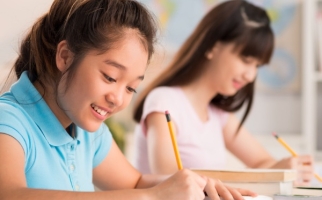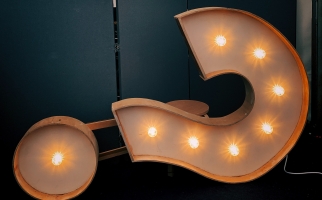Communicating

Girl with raised hand (Tomwang112, iStockphoto)

Girl with raised hand (Tomwang112, iStockphoto)
How does this align with my curriculum?
Communication is the act or process of using words, sounds, signs, and/or behaviors to express or exchange information or to express ideas, thoughts, feelings, etc., to someone else.
Definition
Communication is the act or process of using words, sounds, signs, and/or behaviors to express or exchange information or to express ideas, thoughts, feelings, etc., to someone else.
Communicating is important because it…
- is essential to development, learning, play, and building relationships
- impacts all areas of a student’s life both now and in the future such as learning, employment, well-being, quality of life, self-esteem, self-confidence, etc.
- takes place via various means such as face-to-face, print media, books, the internet, etc.
Developing the Skill of Communicating
Students |
Educators |
|---|---|
|
Communicate in a variety of ways for a variety of audiences and purposes (e.g., listen, speak, sign, gesture, read, write, view, represent, ask questions, discuss: ideas, wonderings, solutions; describe: impacts, characteristics, interactions; explain: processes, findings, reasoning; express: theories, feelings, opinions; justify: choices, decisions, solutions; present: data, arguments, conclusions, propose hypotheses, explanations, compromises) |
Provide multiple opportunities in various contexts for students to develop and apply skills in all forms of communication. Provide a variety of audiences (e.g., peers, other students, other educators, parents, outside experts, etc.) with whom students can communicate. Create multiple and varied purposes (e.g., to inform, to instruct, to persuade, to describe, etc.) for students to communicate |
|
Use appropriate STEM vocabulary to describe processes, objects, places, and events |
Introduce appropriate STEM vocabulary in the context of student inquiries (e.g., use scientific words and phrases such as photosynthesis rather than everyday phrases such as “make their own food” when investigating plant growth) Encourage students to use appropriate STEM vocabulary (e.g., “My prediction is…..”, “I observed that…..”, “We concluded that…”) when describing steps in the inquiry process. Encourage students to use appropriate STEM vocabulary when describing observations made using their senses (e.g., “The first cotyledons appeared on April 30,” “The peat pellet felt dry so we added more water.”). |
|
Use appropriate vocabulary to connect new experiences with what they already know |
Provide opportunities for students to connect new vocabulary to prior knowledge and experiences (e.g., “These tomato seeds are much smaller than the bean seeds we planted last year.”) |
Related Skills
